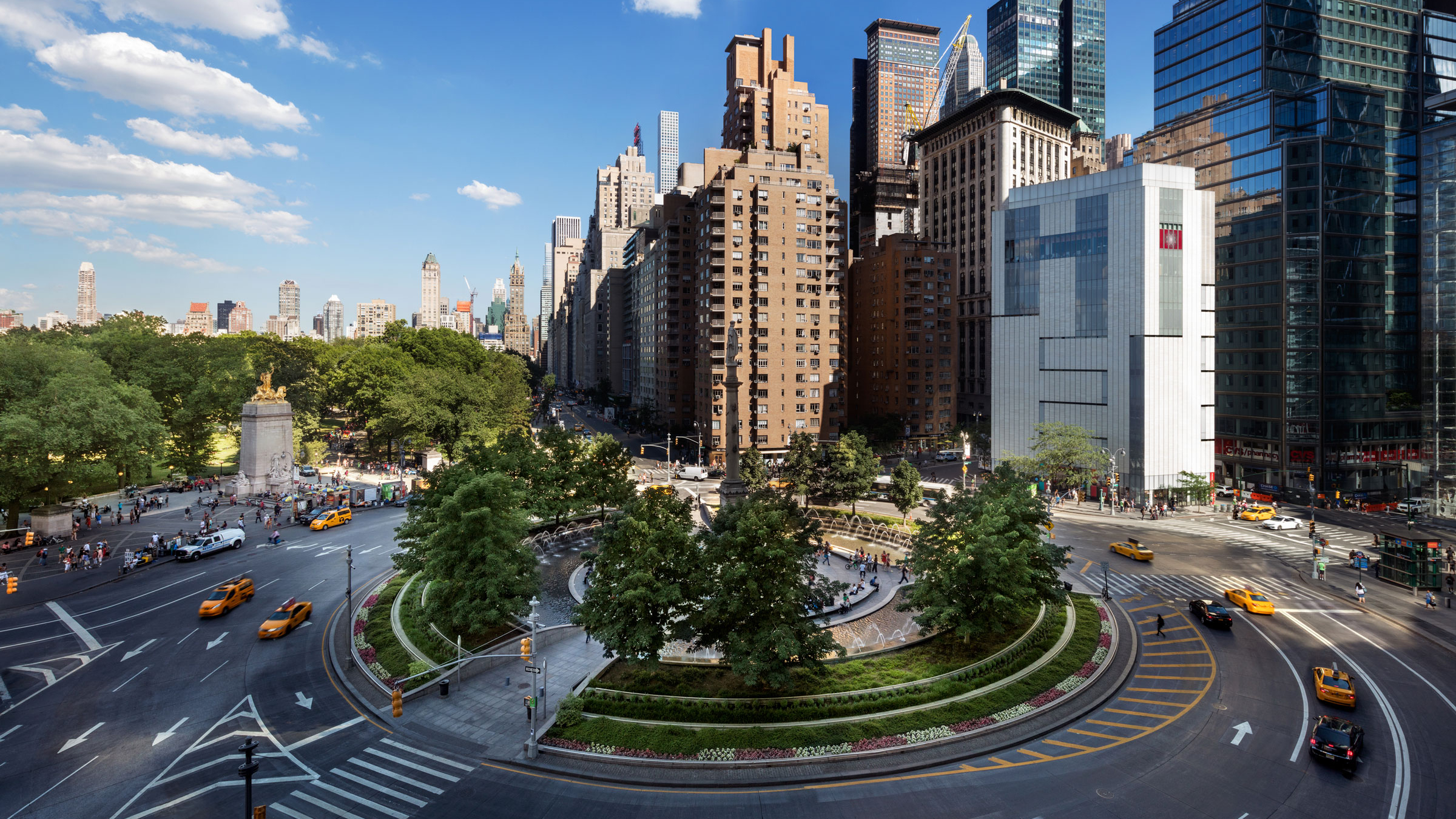Museum History

MAD
The Museum of Arts and Design (MAD) explores the value of making across all fields of contemporary creative practice. The Museum focuses on the ways in which artists and designers transform the world around us, through processes ranging from the artisanal to the digital. MAD’s exhibition program is dedicated to creativity and craftsmanship, and demonstrates the limitless potential of materials and techniques when used by gifted and innovative artists. The Museum’s permanent collection is global in scope and includes art, craft, and design from 1950 to the present day. At the center of the Museum's mission is education. The Museum houses classrooms and studios for master classes, seminars, and workshops for students, families, and adults. Three open studios engage visitors in the creative processes of artists at work and enhance the exhibition programs. Lectures, films, performances, and symposia related to the Museum’s collection and subjects across the full spectrum of making practices are held in a renovated 144-seat auditorium.
MAD was founded in 1956 by Aileen Osborn Webb as the Museum of Contemporary Crafts and later became the American Craft Museum. Today, MAD celebrates materials and processes that are embraced by practitioners in the fields of craft, art and design, as well as architecture, fashion, interior design, technology, performing arts, and art and design-driven industries. The institution’s new name, adopted in 2002, reflects this wider spectrum of interest, as well as the increasingly interdisciplinary nature of MAD’s permanent collection and exhibition programming. In September 2008, MAD opened the doors to its new home at 2 Columbus Circle. Since then, the Museum has welcomed more than 250,000 visitors served annually; tripled its membership to 8,000 members; and doubled its admissions and retail revenue from its former home on West 53rd Street. MAD offers visitors a unique museum-going experience in an alternative learning environment. Exhibitions and educational and public programs offer an intimate, accessible look at the arts today, and its restaurant (Robert, opened in 2009), theatre, and award-winning retail arm (The Store at MAD) complement this experience.
Since moving to the Jerome and Simona Chazen Building, its 54,000-square-foot home at Columbus Circle in 2008, MAD has increased the range of its programming dramatically and dedicated galleries to its growing collection. The Chazen Building has also allowed MAD to distinguish itself as the only New York museum with an Open Studio program that enables visitors to observe and interact with artists engaged at work within programming spaces. Through this program, visitors are able to experience the creative process, learning first-hand about the exploration of materials and process that is central to our mission. Its four exhibition floors host rotating special exhibitions and also include the Tiffany & Co. Foundation Jewelry Gallery, a groundbreaking center for the presentation and study of studio jewelry. MAD is the only American museum with a gallery dedicated to contemporary and modern studio and art jewelry, featuring both temporary jewelry exhibitions and installations from the permanent collection, which it began assembling soon after its founding in 1956. Throughout the Museum, visitor experience is enhanced by interpretative tools and an active schedule of public and education programs offered in the Sarah and Seth Glickenhaus Education Center on the sixth floor and in the renovated 144-seat auditorium below street level.
History
The Museum first opened its doors in 1956 as the Museum of Contemporary Crafts, with an original mission of recognizing the craftsmanship of contemporary American artists. Nurtured by the vision of philanthropist and craft patron Aileen Osborn Webb, the Museum mounted exhibitions that focused on the materials and techniques associated with craft disciplines. From its earliest years, the Museum celebrated the changing roles of craftsmanship in society, served as an important advocate for emerging artists, and linked art to industry.
From 1963 to 1987, under the directorship of Paul J. Smith, the Museum presented dynamic and often participatory exhibitions that reflected the social currents of the era and broke down hierarchies in the arts with the celebration of popular culture and mundane materials. In 1979, the Museum reopened as the American Craft Museum in an expanded location at 44 West 53rd Street. To accommodate its ever- growing programming, the Museum relocated again in 1986 to its 18,000-square-foot home at 40 West 53rd Street, where it would remain until 2008.
The next ten years were a period of rapid growth and change, as the American Craft Council was restructured and the Museum and the Council were established as independent organizations. Detailed records of the Museum’s exhibition history (1953-1990) and related content can be found in the Council Library and Archives. Holly Hotchner was appointed as director of the Museum in 1996, and served as director for 16 years until 2013. Hotchner initiated a comprehensive strategic planning process that expanded the Board of Trustees, curatorial staff, and exhibition and educational program. This process led to the Museum’s name change, in 2002, to the Museum of Arts and Design to reflect the institution’s increasingly interdisciplinary collections and programming. The continued growth of MAD’s collections, public programs, and attendance resulted in its successful 2002 bid to the New York City Economic Development Corporation to acquire the building at 2 Columbus Circle.
The Museum opened in its new home, designed by Brad Cloepfil of Allied Works Architecture, in September 2008. With its textured façade of glazed terra-cotta tile and fritted glass, the Jerome and Simona Chazen Building reflects MAD’s craft heritage and permanent collections and animates Columbus Circle, one of Manhattan’s most significant public spaces.